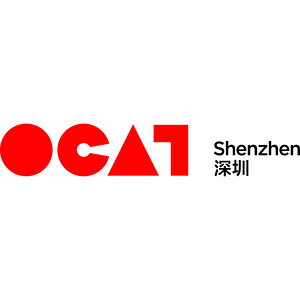June 23–August 12, 2018
F2 Building, OCT-LOFT
Enping Road, Nanshan
Shenzhen
China
Hours: Tuesday–Sunday 10am–5:30pm
info@ocat.org.cn
Fiction Art is a term for artists using literary fiction to engage in the practice of contemporary art. It is not a school of thought, but a name for an artistic phenomenon. This includes three scenarios. First is where the “fiction” written by the artist is itself a contemporary art creation (reducing the visual aspect to the bare minimum) that asks the viewer to use their own imagination to construct a visual world. The second is the “fiction” as an organic component of contemporary art which comes together with other forms of expression to construct an artwork mixing sound, vision and imagination. The third is the “fiction” as a text that is at once connected to and independent of the visual image. These three scenarios are sometimes intertwined in the artists’ creations.
The exhibition invites ten artists, Cao Shu, Chen Tong, Duan Jianyu, Feng Feng, Jiang Zhi, Jin Shan, Pu Yingwei, Qin Jin, Shi Zhenhao and Yang Yuanyuan, who all have experience writing “fiction,” and have all brought “fiction” into their artistic practice. The experience of writing “fiction” forms a foundation for their joint presentation and dialogue. As an important component of each of their artistic practices, the artists’ individual writings all take on unique forms. This exhibition attempts to observe and explore how artists use “fiction” as a form in their artistic practices, the thinking behind this, the role “fiction” plays in their artistic practices, and how artists view the relationship between “fiction” and visual language.
Fiction naturally carries textual implications, and in response, the curators, artists and designers have collaborated to create a series of “artist books.” These books are not exhibition catalogues in the usual sense, but reference and interact with the videos, installations and other mediums onsite to form a unique presentation for each artist, and stand as an attempt to satisfy a desire for a more concrete and refined texture for this exhibition. In these books, the artists have all applied their own understanding of “layout,” sometimes even taking up the task of design themselves, and for this reason, these artists books perhaps effectively convey their thinking on the relationship between fiction and image creation.
Fiction Art is like a labyrinth of words and visual images, weaving between the visible and the imagined. It demands a certain level of patience from the viewer, the patience to immerse themselves in the text, and to view the images with fascination, taking in every little detail so that they can find Ariadne’s thread, penetrate the mysteries of the labyrinth, and make their way out. In this light, Fiction Art is also an anti-spectacle, anti-rapid consumption exhibition, one which demands a “slow pace” that is out of step with the times. And if you ask what fiction art is for? Beyond the new possibilities provided by the linguistic explorations of artists, and the inspiration we derive from the artists’ consideration and responses to various questions, reflections on our time that run “against the current” are equally important.



